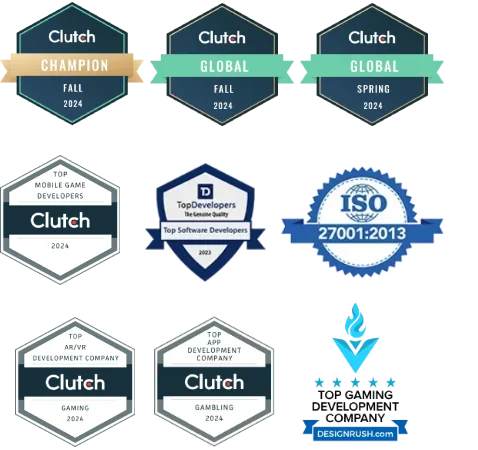Games aren’t just art or code — they’re living systems. And to make them better, we need to understand how real players interact with them. That’s where game analytics comes in. At BUT Company, data is part of our game loop — just like design, art, and code.
Let’s break down the key metrics we track, why they matter, and how we use them to improve the player experience.
1. The First 60 Seconds: Player Onboarding Data
Your game only gets one chance to make a first impression — and it happens fast. That’s why we track exactly what happens in the first minute of gameplay.
We look at:
- Where players drop off during the tutorial
- How many complete the first level
- Which buttons they ignore or mis-tap
- Time to first meaningful action
This helps us fine-tune onboarding, reduce early churn, and get players into the fun faster.
2. Retention: Do Players Come Back?
If a game can’t retain users, it can’t grow. We track retention in several time frames:
- Day 1 retention – Did they come back the next day?
- Day 7 retention – Are they still playing after a week?
- Day 30 retention – Are they loyal or gone?
Good retention = good game loop. If we see drops, we investigate: was the pacing off? Were levels too hard? Did we explain mechanics poorly?
3. Monetization: Where the Revenue Comes From
Yes, we love fun — but revenue matters too. For free-to-play games, we track:
- Ad impressions per session
- IAP conversion rate
- ARPDAU (Average Revenue Per Daily Active User)
- Time-to-purchase (when players make their first IAP)
The goal is balance — we don’t spam ads, but we use analytics to place them strategically, where they don’t ruin the experience.
4. Funnel Analytics: Finding the Drop-Offs
From home screen → gameplay → reward → shop → next session — this is a funnel. We track player movement through every step.
When we see a spike in drop-off at a certain screen or level, we dive deep:
- Is it a bug?
- Is it confusing UI?
- Is it too difficult or boring?
Funnel data helps us find and fix invisible friction.
5. A/B Testing: Data-Driven Design Decisions
Sometimes you can’t guess the best solution — so we test both. We use A/B testing to compare:
- Two versions of a level
- Different reward systems
- UI layouts
- Notification timing
Our philosophy: don’t argue, test it. Data speaks louder than opinions.
🎯 Final Thoughts
Game analytics isn’t about spying on players — it’s about listening. Every tap, quit, and purchase is a voice. And by listening carefully, we make better games — more fun, more fair, and more profitable.
At BUT Company, every feature we ship is tested, tracked, and improved through player behavior.



No responses yet